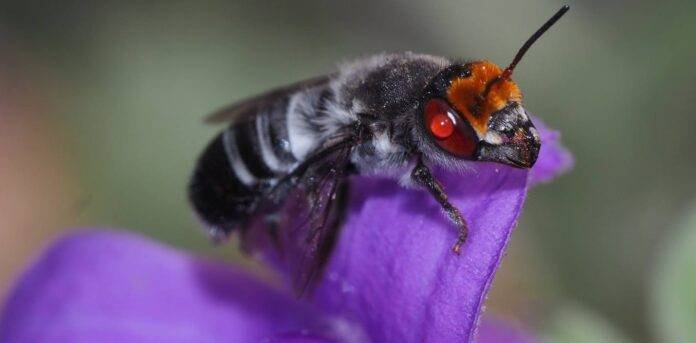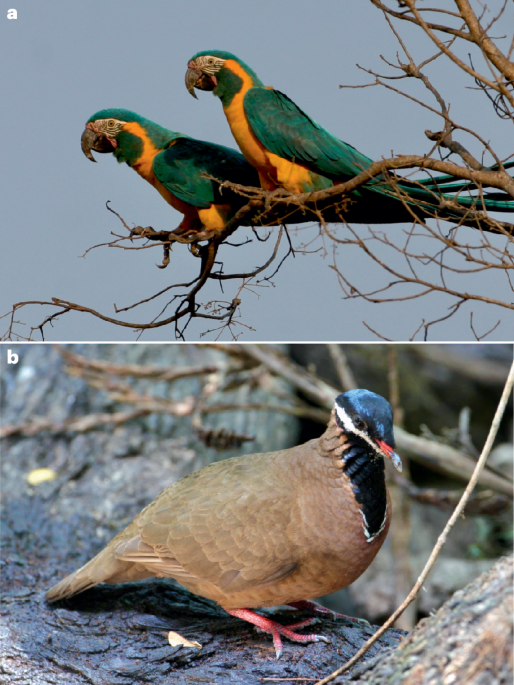“The Alhambra palace, overlooking Granada in southern Spain, is one of the finest preserved examples of Moorish architecture, dating back to the thirteenth century. I’m employed by the palace’s management body to study the biodiversity in this vast complex — which has more than 2.5 million visitors per year. We manage the water features and gardens, not only to enhance their aesthetic appeal but also to protect their wildlife, with a focus on amphibians.
In this photograph, taken just after sunset, when amphibians are active, I’m checking the number of Iberian ribbed newts (Pleurodeles waltl) in the pool and assessing their life stages. When I began working here, only two amphibian species remained; the others had disappeared owing to water pollution. These pools are common in the Alhambra, but much of the wildlife has been lost in recent centuries. Now, thanks to reintroduction efforts and careful management, four species are thriving. The individuals I’m observing today are the direct descendants of those I released years ago.
It is valuable that so many people can see these animals in an urban environment. This raises awareness about the importance of biodiversity and how engaging with it can enhance our well-being. We now maintain the pools so that they remain transparent without the use of any chemical products, which enables invertebrates to thrive and, in turn, attracts birds that prey on them. Visitors can thus enjoy a more holistic experience, appreciating not only the cultural heritage but also the richness of its wildlife.






